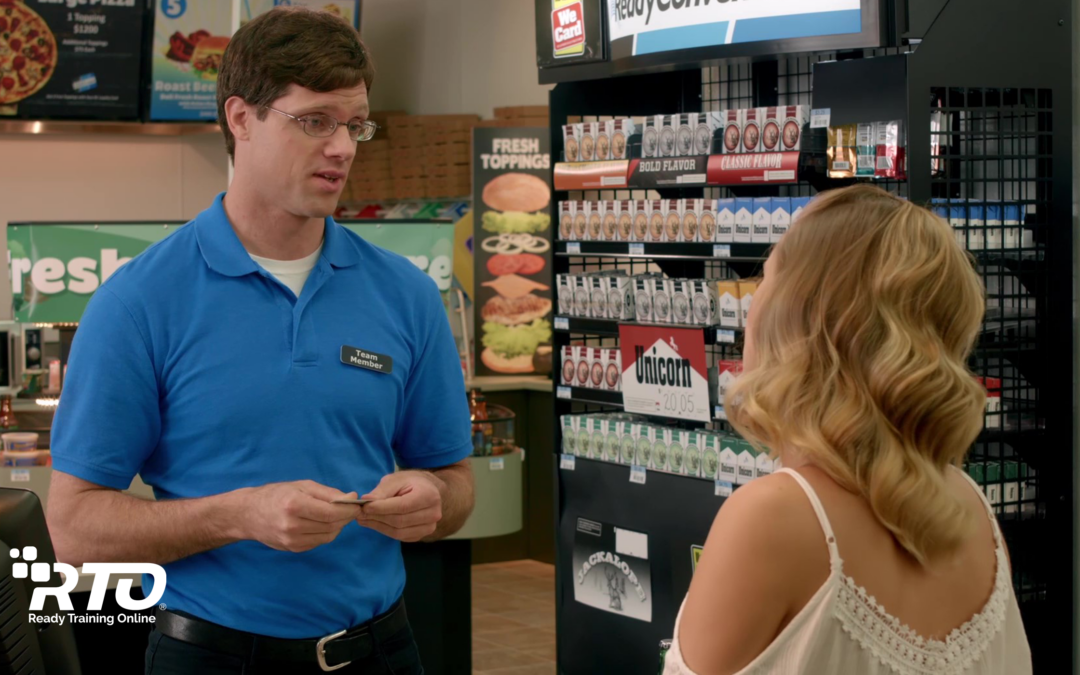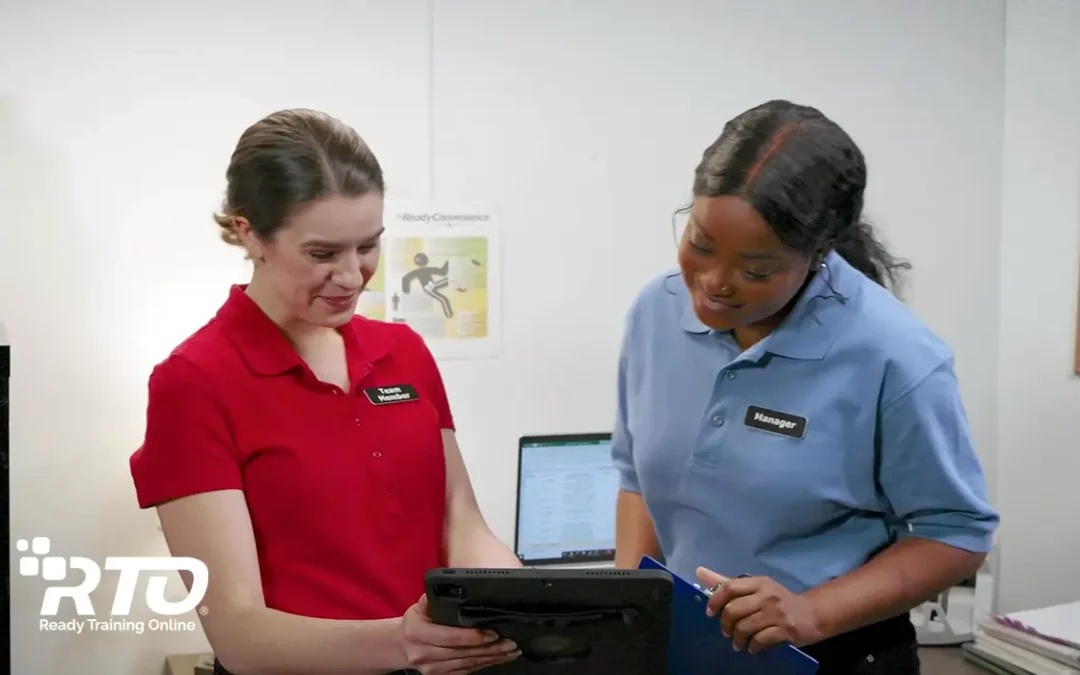One of the key characteristics of an effective leader is flexibility. This goes beyond being able to handle unexpected circumstances or managing organizational change. To be a successful convenience store manager or leader, you also have to be flexible in your approach to situations. Take communication styles, for example. There are four general types of communication styles in management: Promoting, analyzing, supporting, and controlling. Everyone typically has a default style where they are most comfortable. Great leaders and store managers, however, can adapt their communication style for different situations.
The “Promoting” Communication Style
When using this style of communication, your objective is to show enthusiasm for the topic. This would be appropriate when recognizing an employee or introducing a new marketing idea. If this isn’t your natural style, be careful not to overdo it. Staying genuine will inspire trust in your message.
The “Analyzing” Communication Style
Sometimes, the details of your message really matter. With the analyzing style of communication, your goal is to explain the “why” behind the “what.” This might be appropriate when you’re explaining sales goals or compliance changes. Stick to the facts when communicating with this style.
The “Supporting” Communication Style
Many people who get into management are naturally supportive communicators, so this one might come easy to you. This style puts people at ease, involves careful listening, and minimizes disagreement. Be careful not to get too comfortable with this style, though. Sometimes, such as when a conflict is disrupting your team, you’ll need to bring in other styles in order to find solutions.
The “Controlling” Communication Style
No one wants to be called a control-freak, but the truth is, sometimes we have to be. In a crisis or compliance situation, control matters. This style gets right to the point, uses concrete terms, and leaves no room for misunderstanding. Your staff and others will pay more attention to this style when it’s used sparingly.
Remember, a key to leadership is effective communication, and a key to effective communication is flexibility. Learn to recognize your natural communication style and practice pulling in other styles when needed.
Leadership and the Culture of Convenience
Leaders who create a culture of convenience are able to streamline tasks and establish processes that make improve employee performance and increase everyone’s productivity. Get weekly ideas on how to make your job easier through the Culture of Convenience podcast. Listen now!





